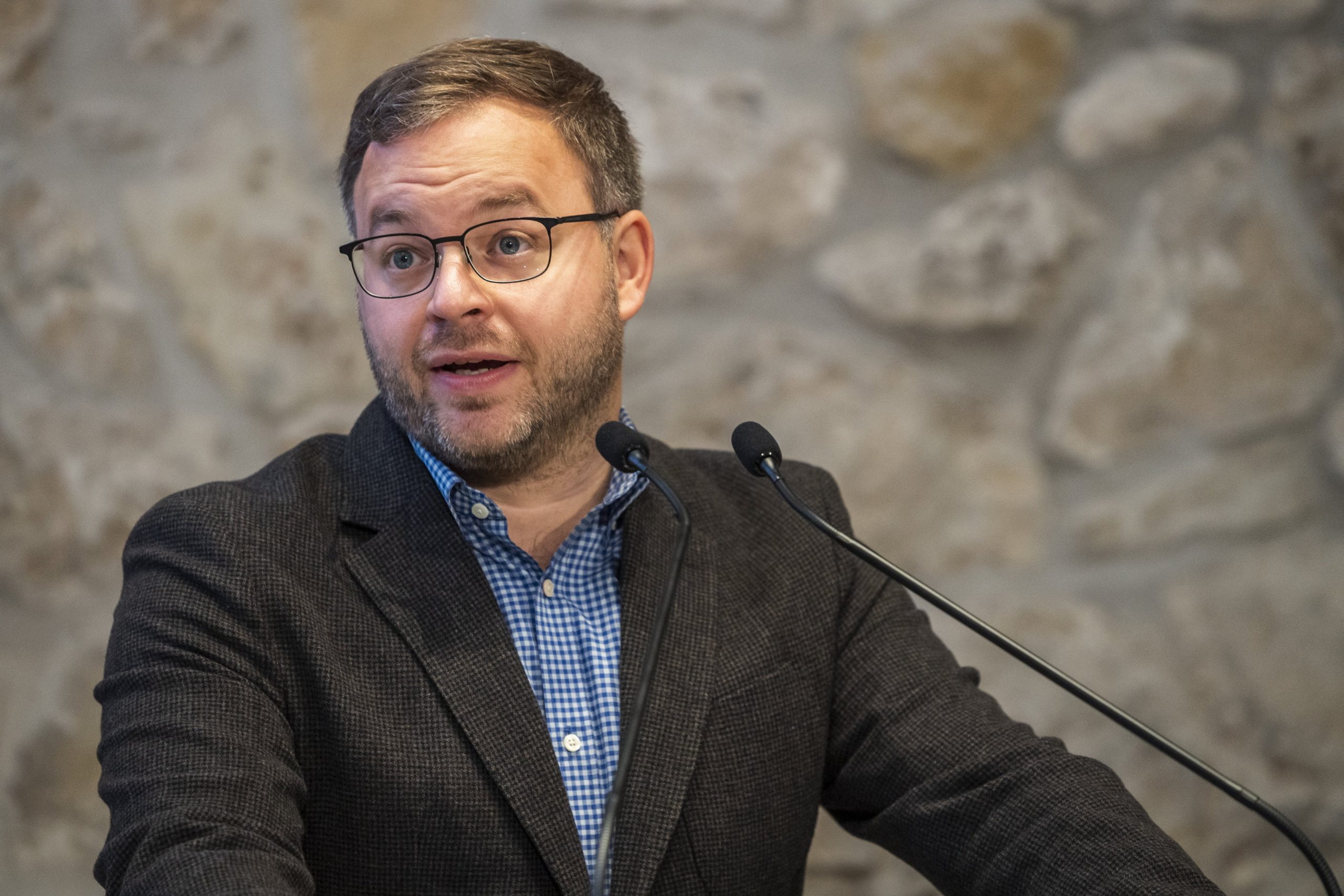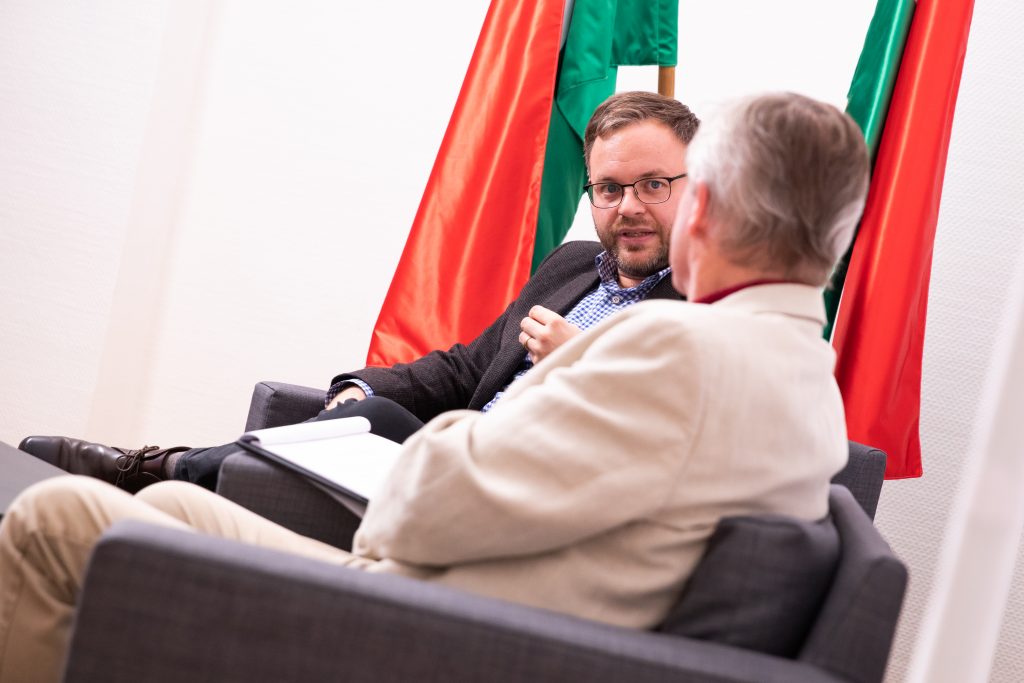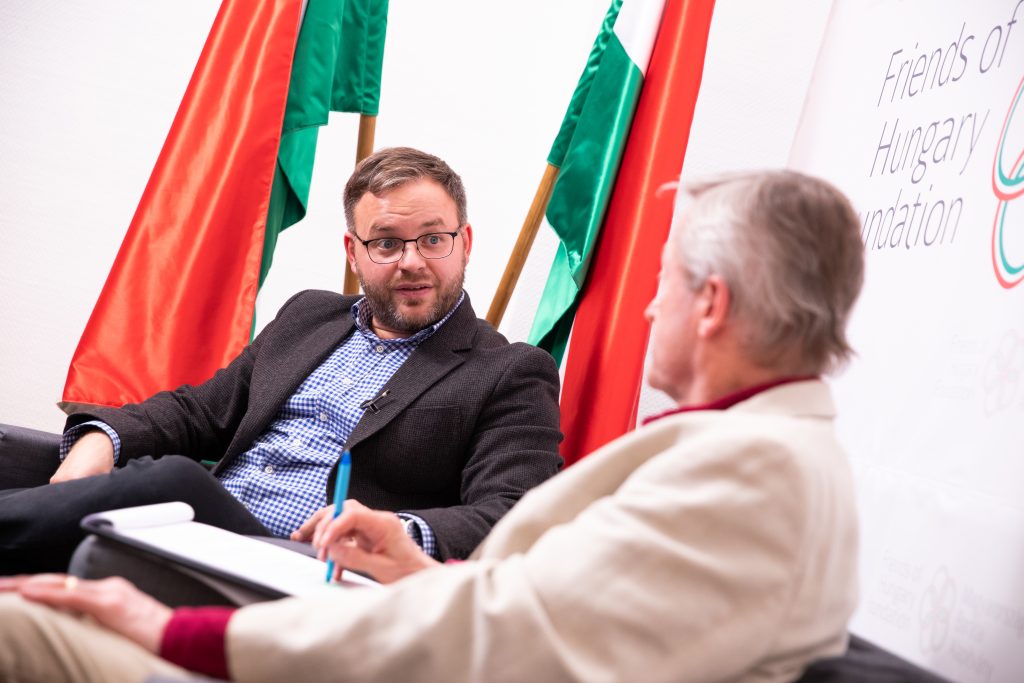
"Some do not see this as a problem," while others would use migration as a solution, Orbán said, adding that "we're vaccinated against wokeism and our history is protecting us against the cultural left."Continue reading

Balázs Orbán argues that the European Union needs stronger border control policies and a clearer interpretation of the conception of European rule of law. Speaking at the Friends of Hungary Foundation’s Hungary at First “Site” Conference, the deputy minister and political director of the Prime Minister touched on the legal conflict over Hungary’s “Stop Soros” law, the EU’s shifting tone on migration, the debate over the concept of rule of law, and Hungary’s controversial law on child protection.
Orbán finds it strange that in its ruling of Hungary’s “Stop Soros” legislation, the European Court of Justice relies on what he describes as an outdated EU legal system, despite the European Council having already decided that the current EU migration framework should be replaced by a new framework more effective at stopping illegal migrants.
The deputy minister said the current legal system is “catalyzing the influx of […] illegal migrants, and not helping to stop them on the borders.” This framework was created during the time of the Geneva Convention in 1951, when refugees from the Soviet Union needed to be accommodated for. Now, times have changed, he explained, saying that if someone is seeking asylum, they risk their lives in attempting to enter the European Union illegally, and if they aren’t given asylum, “they try to hide, and stay illegally.”
Orbán told host Árpád Szőczi that the concept of strong border control in the Union is under attack by the Court (ECJ), thus, EU law needs to be changed. The European Commission, he says, should be on the side of member states, in this case Hungary.
The tone on migration, in general, has changed within the European Union. Orbán said state leaders are increasingly turning to support the border control policies that Hungary introduced in 2015. The deputy minister believes this policy is increasingly turning into the norm with European Union leaders, despite it having been extremely controversial when it was brought into practice by Fidesz six years ago.
“Mass migration is not a humanitarian issue; it is used as a geopolitical weapon against the EU and against its member states.”

Photo by Mátyás Tímár/Hungary Today
Orbán emphasized that the government wants to strictly differentiate between legal and illegal migration. While Hungary has had thousands of migrants accepted from Afghanistan, India, Iran, Syria, and Iraq, the minister said that illegal entries need to be halted completely.
According to Orbán, the solution is to offer no chance for anyone to enter the EU illegally, to disallow illegal migrants from being given asylum, and to build hotspots in transit countries supporting effective humanitarian aid programs.
Orbán said there are two options when approaching a declining population. Either to accept more immigrants or to increase the national birth rate. While all nations in the West face declining birth rates, the Hungarian approach stands out, Orbán said, since the government views population growth through migration as an overall negative.
The goal of the Hungarian government is to increase the national birth rate, spending, from next year, 6.2 percent of its GDP into boosting the birth rate, the highest rate in the EU. Since 2010, the national birth rate has been raised from 1.2 to 1.6, with the goal being 2.1.
“We don’t want to convince anybody, we don’t want to have a European joint project on [population growth], we don’t want to change the strategy of France or Sweden or Germany, it’s up to them. The only thing that we are fighting for is our freedom to find an alternative and to go in a different direction.”
Aside from migration, the other major European Union-level disagreement that was discussed during Orbán’s time at the conference was the rule of law. When asked about the situation with the Article Seven procedure initiated against Hungary over the rule of law, Orbán said that Hungary has nothing to do, since “the case is in the middle of nowhere.”
“It’s becoming more and more obvious that [the article seven procedure is] not a legal procedure but part of a political witch hunt.”
Orbán does not consider the EU’s interpretation of the rule of law to be accurate. While the original understanding of the concept, he explained, was only intended for the United Kingdom, it was pushed onto the European Union following its association with the German concept of Rechtsstaat.

Photo by Mátyás Tímár/Hungary Today
The EU, including the European Parliament and the Commission, is “not trying to figure out what rule of law should mean on a European level.” He believes the mechanism is used to target member states that “want to go in a different political direction.”
On a domestic level, Orbán addressed the continuing controversy around Hungary’s ban on the promotion of homosexuality. While the Hungarian government has faced widespread criticism over the legislation, which puts criminal punishments for pedophilia on the same bill as a censorship of LGBTQ content, the deputy minister says the bill’s sole purpose is to protect parents with regards to their children’s sexual education.
“Any kind of sexual education under the age of 18 should have the consent of parents,” he explained, adding that the whole topic is politically divisive. He said that in various European countries and the United States, sexual education approaches in schools were not decided on by the people, but by NGOs and the deep state.
Orbán said that the upcoming referendum on the bill will make the stance of the Hungarian public clear.
Featured photo illustration by Márton Mónus/MTI